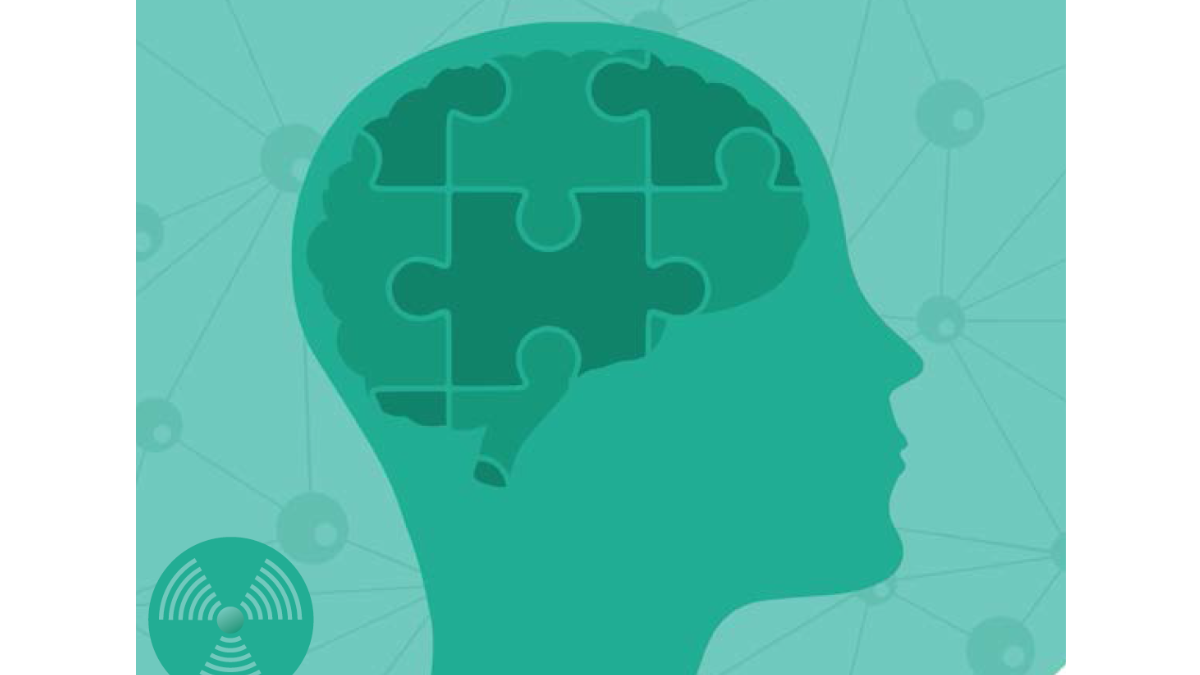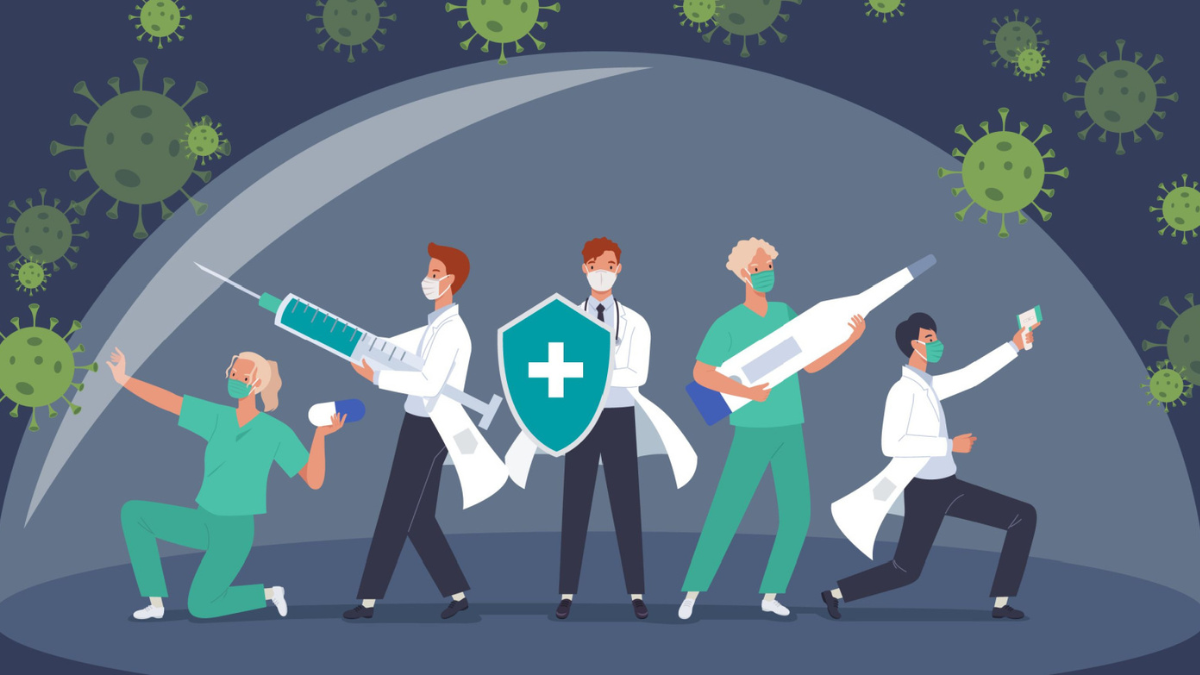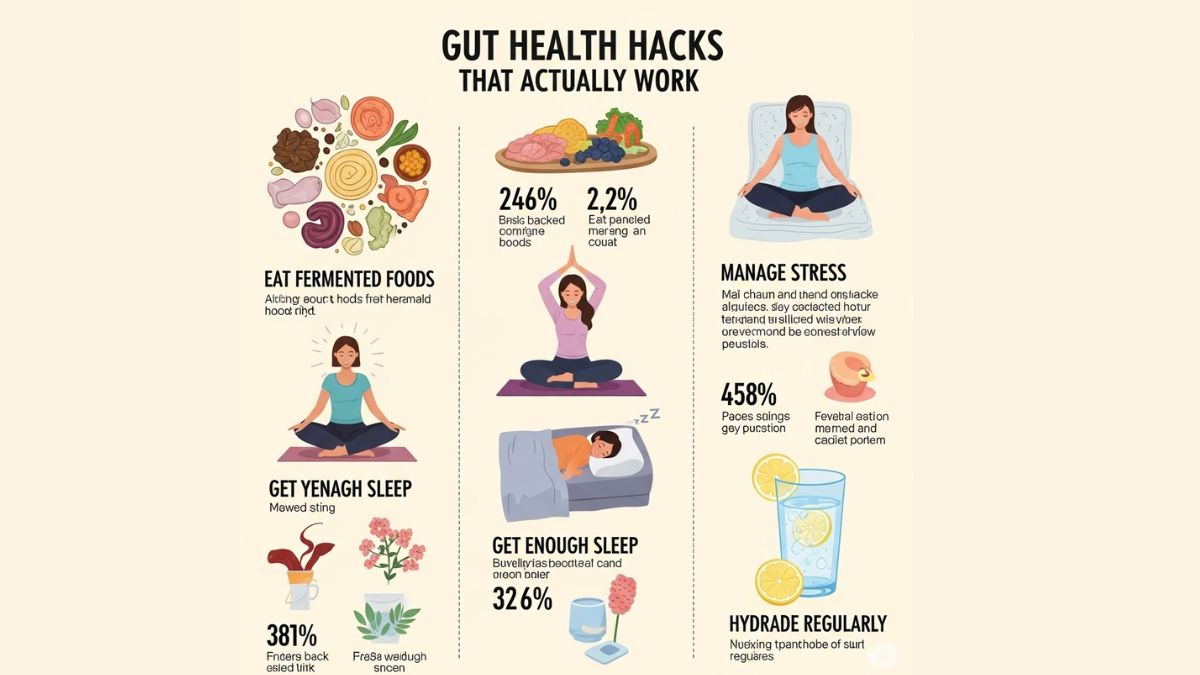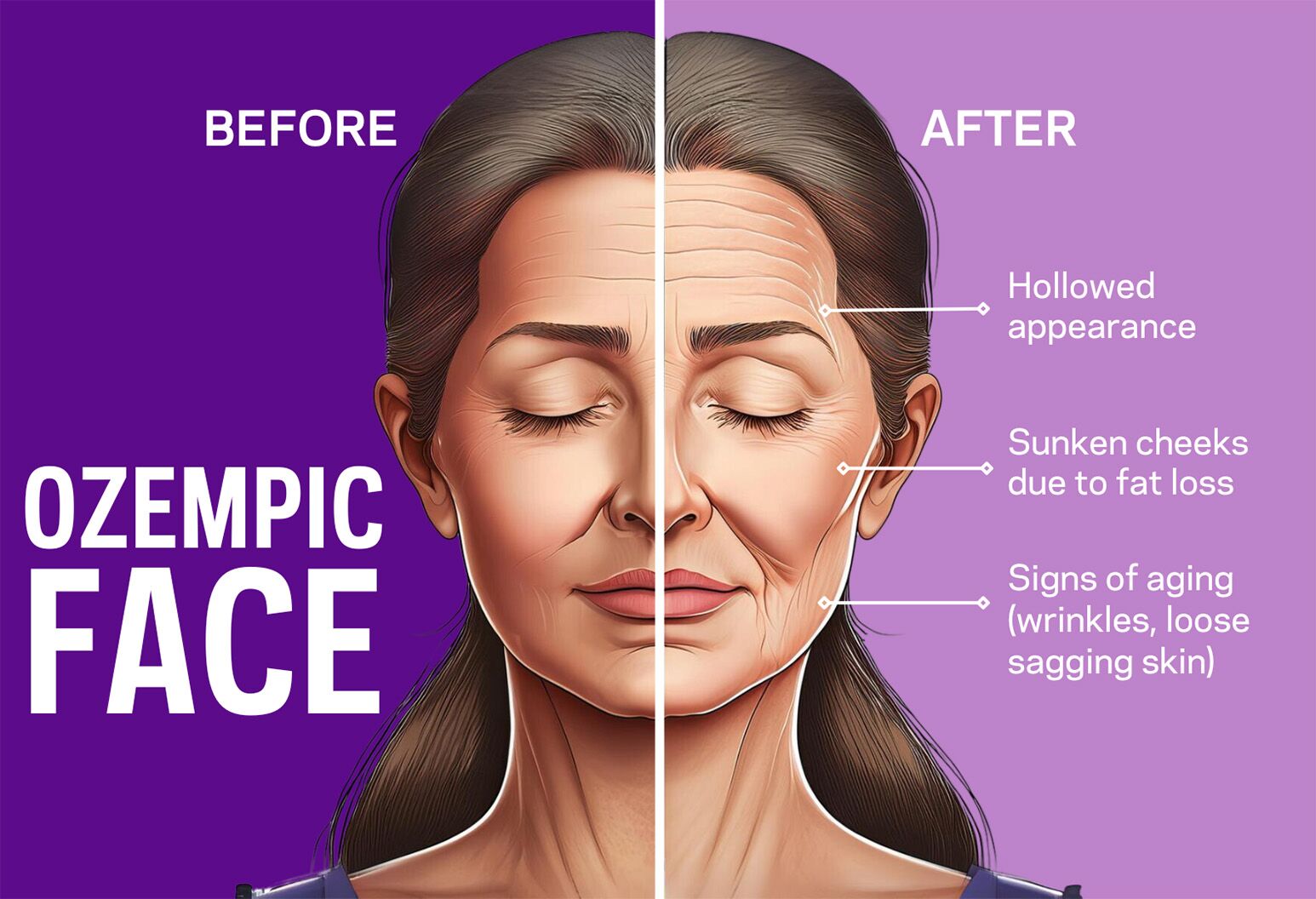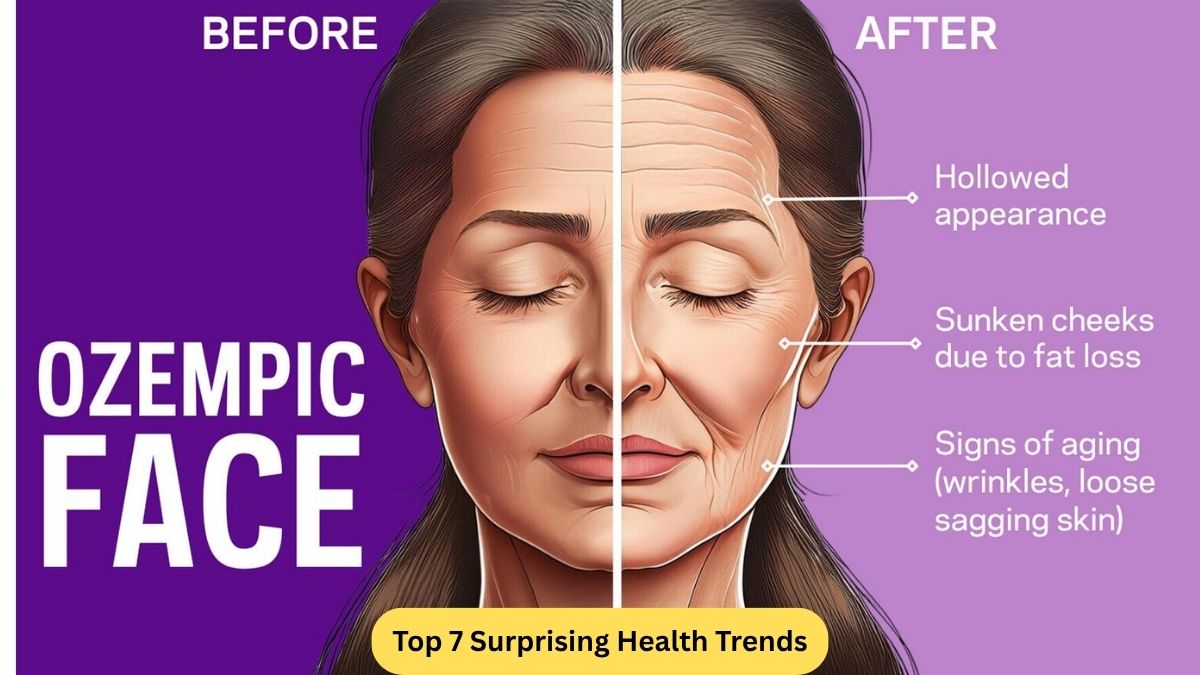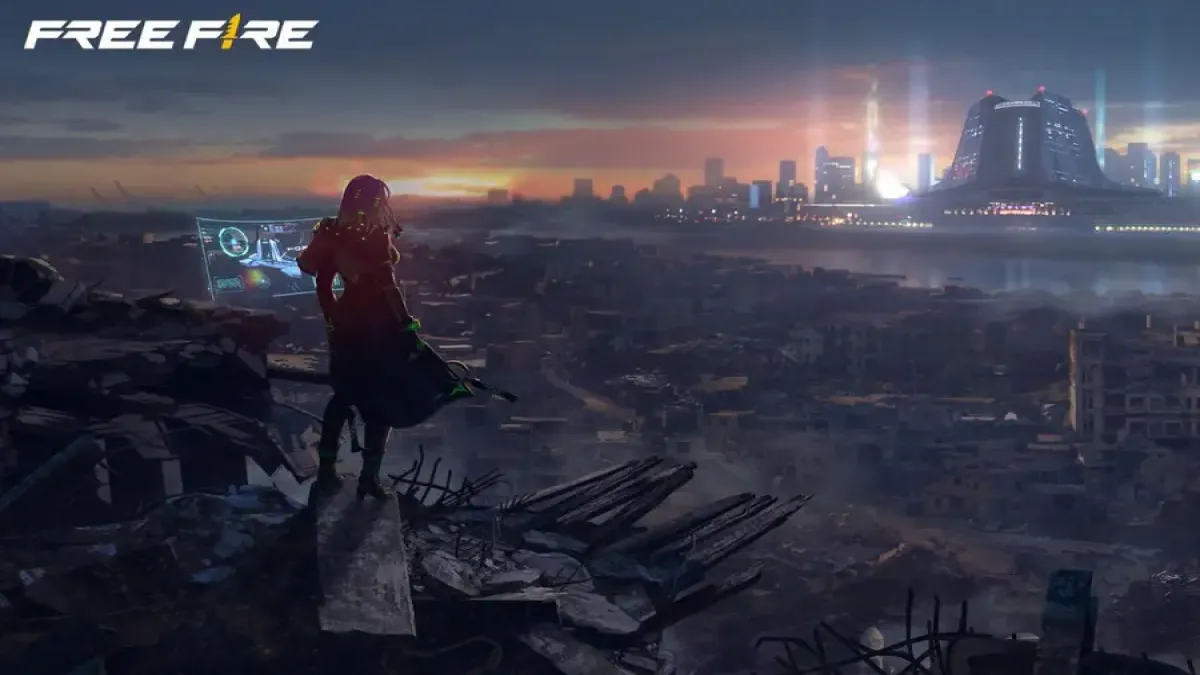Mental Health: In 2025, the importance of mental health and psychosocial support (MHPSS) has never been clearer. From post-pandemic recovery to conflict zones, economic hardship to climate-related trauma, the need for emotional and psychological care is a global constant. Yet, millions of people still lack access to the support they need.
The good news? Awareness, innovation, and investment are finally catching up. Around the world, efforts to close the mental health and psychosocial support gap are gaining momentum—and changing lives.
The Scope of the Challenge
Mental health disorders affect over one billion people globally, yet nearly 70% of individuals with mental health conditions still receive no treatment. In low- and middle-income countries, this figure rises to over 80%. The psychological aftermath of the COVID-19 pandemic, combined with ongoing humanitarian crises, economic instability, and the rise of climate anxiety, has only deepened this gap.
In 2025, the global health community recognizes that mental health is health. It’s not a luxury—it’s a necessity.
Psychosocial Support: More Than Just Therapy
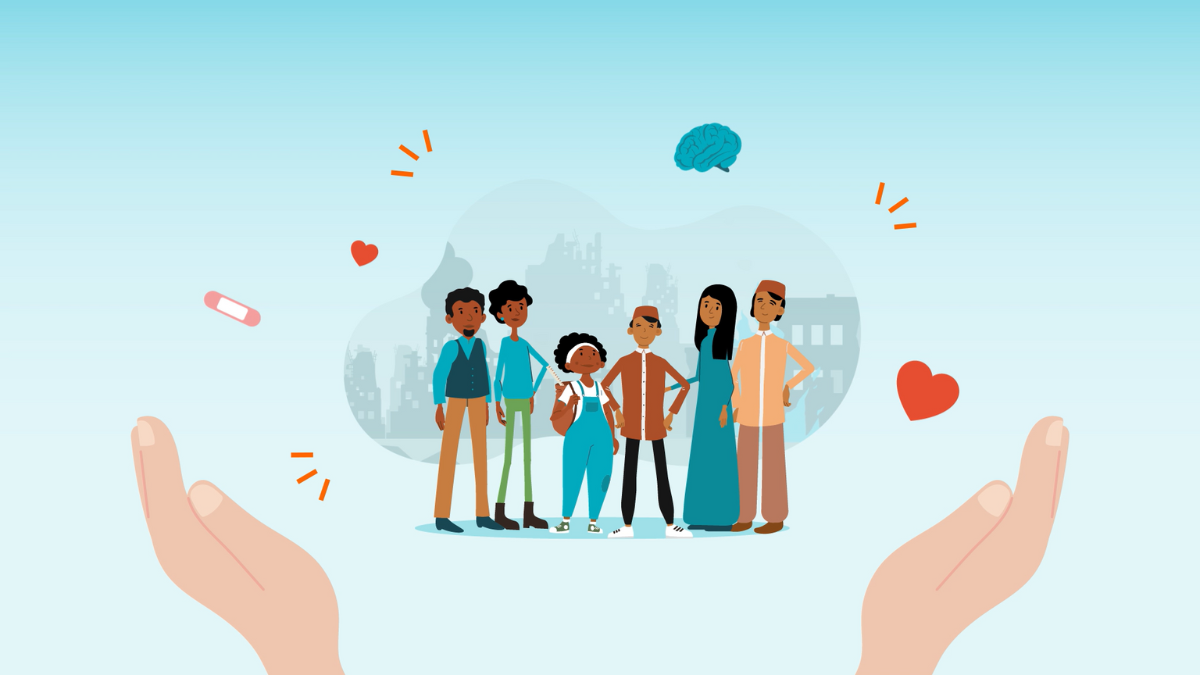
Psychosocial support refers to a broad range of services that help individuals cope with stress, trauma, and daily challenges. It includes emotional counseling, group support, community-based healing, and social reintegration efforts. It also addresses the social and cultural contexts that shape emotional well-being.
In emergency settings—like conflict zones, refugee camps, or post-disaster regions—psychosocial support can be a lifeline. It helps people process loss, rebuild identity, and regain hope.
Yet, despite its importance, psychosocial services are often underfunded, under-resourced, or missing altogether—especially in regions with fragile health systems.
Why the Gap Still Exists
Several factors continue to widen the MHPSS gap in 2025:
- Shortage of mental health professionals: Many countries have fewer than one psychiatrist per 100,000 people.
- Stigma: Cultural beliefs and misinformation still prevent individuals from seeking help.
- Low investment: Less than 2% of health budgets globally are allocated to mental health.
- Lack of integration: Mental health is often treated separately from other health services, creating accessibility barriers.
- Humanitarian crises: Conflict, displacement, and natural disasters create spikes in mental health needs, often overwhelming available services.
Signs of Hope: What’s Working in 2025
Despite the challenges, real progress is underway. Across continents, new models of care, inclusive policies, and digital innovations are helping to bridge the gap.
1. Community-Based Mental Health Programs
Countries like Nepal, Kenya, and Colombia are expanding community-based care, training non-specialists to provide basic psychological support. This model makes help accessible, especially in rural and underserved areas.
2. Digital Mental Health Tools
AI-powered chatbots, mobile mental health apps, and teletherapy platforms are making mental health care more scalable and private. In 2025, many of these tools are multilingual, culturally adapted, and user-friendly—especially for youth.
3. School-Based Support
With rising anxiety and depression among young people, schools are becoming safe spaces for emotional support. Programs now include mental health literacy, mindfulness sessions, and access to school psychologists or trained counselors.
4. Workplace Wellness Programs
Corporations and public sector institutions are investing in employee well-being, offering counseling services, mental health days, stress management workshops, and peer support networks.
5. Policy and Funding Shifts
Governments and global health organizations are increasing funding and integrating mental health into national health systems. Mental health is now a central pillar in universal health coverage conversations.
6. Emergency Response Integration
Humanitarian agencies are embedding psychosocial support into their emergency relief frameworks. From war zones to flood-affected communities, survivors are receiving not only food and shelter, but trauma care and emotional recovery services.
Special Focus: Youth and Mental Health
In 2025, young people are both at risk and at the forefront of change. More than 40% of people aged 10–24 report struggling with anxiety or depression, yet they are also leading advocacy, building peer networks, and destigmatizing mental health on social media and in their communities.
By listening to and involving youth, mental health systems are becoming more responsive, inclusive, and innovative.
A Future of Emotional Justice
Mental health is no longer the “missing piece” of public health—it’s becoming the centerpiece. In 2025, the goal is clear: no one should be left behind because of where they live, how much they earn, or what language they speak.
The movement toward mental health equity is about more than treatment. It’s about creating environments that foster belonging, dignity, and resilience. Whether through peer support, professional care, or simple human connection, every step toward emotional healing strengthens families, communities, and nations.
